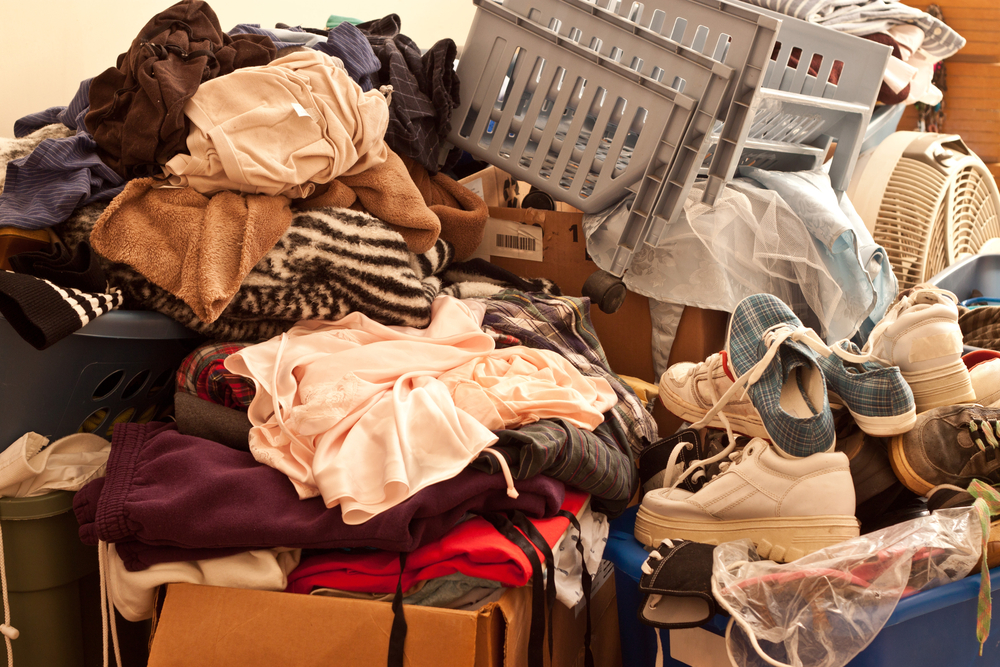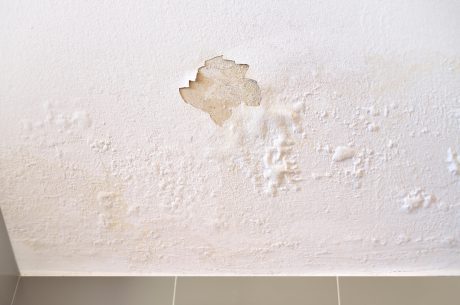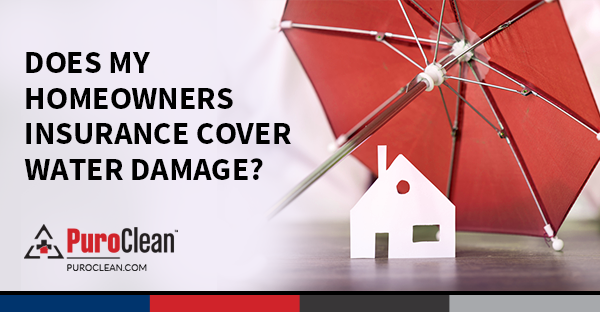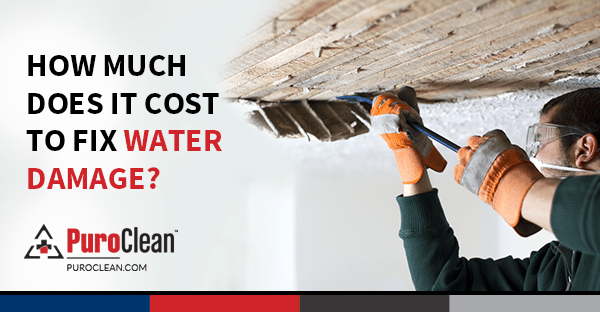Walking into a home affected by hoarding can be overwhelming. Clutter covers every surface, dust fills the air, and narrow pathways create a maze-like environment. Hoarding is a serious mental condition that leads individuals to keep items—even those with little or no value—resulting in dangerous living conditions. These hazards affect not just the homeowner but anyone who enters the property.
How do you clean up and restore safety to a hoarder’s house? This guide will show you. We will walk you through:
- Signs of hoarding
- Hoarding safety risks
- Importance of compassion
- Step-by-step guide to hoarder house cleaning
- Resources
- Hoarding cleaning costs
- Professional hoarding cleanup
Signs of Hoarding:
According to the International OCD Foundation, compulsive hoarding includes three key elements:
- Collecting and retaining items, even those deemed useless by others.
- Cluttered living spaces that prevent proper use of rooms.
- Distress or difficulty in daily life caused by clutter.
Common signs include difficulty discarding items. This leads to clutter that takes over rooms, making furniture and appliances unusable. Also, important items like bills or documents often get lost in the mess, increasing stress.
Many hoarders also feel overwhelmed by their possessions, making cleanup seem impossible. Compulsive collecting of free or useless items, like flyers or coupons, adds to the clutter. This clutter often leads to social isolation. People feel too embarrassed to let visitors or workers into their homes.
Recognizing these signs is pivotal for addressing hoarding and seeking solutions.
Hoarding Safety Risks
- Fire is one of the main risks in a hoarded home because much of the clutter consists of flammable materials. Fires can also start when objects cover heat vents or damaged wiring. Additionally, clutter can block escape routes, making it difficult for residents to evacuate during a fire. First responders may struggle to navigate the home, delaying rescue efforts.
- Injuries are another concern. Excessive accumulation of objects can cause trips and falls. Piles can grow as high as the ceiling, which may cause severe injuries if they collapse. There is also the danger of becoming trapped under debris.
- Disease is a risk since pests like rats and cockroaches often infest hoarded homes, increasing the chance of spreading harmful bacteria and diseases.
- Mold thrives in hoarded homes, especially when water damage combines with organic material.
- Air quality deteriorates in cluttered homes due to dust, odors, and ammonia from decaying waste. This can make it hard to breathe and lead to respiratory issues for both people and pets.
- Over time, the structural integrity of a home may be compromised by the excessive weight of stored items. The sheer volume can cause damage to the building itself.
- Finally, building maintenance becomes problematic. For example, clutter can prevent technicians from accessing and servicing HVAC equipment and sprinkler systems, which creates additional safety hazards.
The Importance of Compassion and Understanding
Cleaning a hoarder house requires compassion and understanding, as it is a complex and sensitive issue. It is essential to be empathetic and patient. It’s also important to prioritize human and animal health and safety. In such cases, working with professionals can be helpful.
Working with a mental health professional and professional cleaners makes it possible to clean a hoarder’s house safely and improve the quality of life for individuals with hoarding disorder.
Professional cleaners provide specialized cleaning services for hoarding situations. They also have processes for handling biohazard cleaning, safety hazards, and emotional challenges with expertise and compassion.
Step-by-Step Guide: Hoarder House Cleaning
Create a Plan of Action
Establishing a plan of action is needed when addressing hoarding disorder. This plan should include setting clear, achievable goals, determining the project’s scope, and establishing a realistic timeline for completion.
Involving a mental health professional or a professional organizer experienced in working with hoarders can provide valuable support and guidance. These professionals can help develop a structured plan, offer emotional support, and ensure the process is conducted with sensitivity and respect.
Assessment and Preparations Before Cleaning a Hoarder’s Home
Check for Hazards: Before cleaning, assess the home for immediate hazards such as unstable piles, hazardous materials (e.g., chemicals, sharp objects), and blocked exits. Make sure all utilities—gas, electricity, and water—are safe to use. Compromised or damaged utilities can cause additional risks during the cleanup process.
Structural Safety: If you feel the building is unsafe due to structural problems, a structural engineer may be needed to ensure it is safe.
Ensure Safety: Safety is paramount during a hoarder cleaning. The people cleaning up should wear proper personal protective equipment. PPE should include a double layer of disposable gloves, dust masks or respirators, eye protection, and protective clothing.
You may need extra safety gear, depending on the situation. For example, a biohazard condition. This includes hard hats, steel-toed boots, and full-body suits. A fire extinguisher, insect repellent, a flashlight, and a good first-aid kit should also be ready.
Document Condition: Documenting the home’s condition and contents with photos or video may be helpful for insurance and legal purposes.
Communication with the Hoarder: If the hoarder is present, approach them with empathy and involve them in decision-making where possible. Open communication can help reduce anxiety and resistance, making the process smoother. Involving the hoarder can also aid in the long-term success of the cleanup, as it fosters a sense of control and cooperation. It may be beneficial to have a mental health worker on the scene as well.
Cleaning Supplies: The proper cleaning tools and supplies are essential for a thorough cleanup. This includes heavy-duty trash bags, sturdy boxes for sorting items, buckets, universal cleaning agents, disinfectants, and potentially specialized cleaning products for mold or biohazards. Also, have brooms, mops, and vacuum cleaners capable of handling large amounts of dust and debris.
Preparing a Staging Area and Dumpster: Establish a staging area in an open space, such as a yard, to temporarily hold items for sorting. Be sure to have enough space to accommodate the amount of materials that will be removed. Also, designate an area to sort all the discarded items. This will ensure proper organization and disposal.
To manage accumulated debris effectively, plan junk removal carefully. The decluttering and cleanup process often involves coordinating professional junk removal services or renting dumpsters to ensure efficient disposal.
Proper Disposal: Safely and legally disposing of items is imperative, especially when dealing with hazardous waste, e-waste, and biohazards. Follow local regulations for disposing of paints, chemicals, batteries, and other hazardous materials. Proper disposal helps prevent environmental contamination and reduces health risks.
Decluttering and Organizing
Decluttering the Home: Decluttering a hoarder’s home is physical and emotional. For the hoarder, each decision to let go of an item is a step toward regaining control and creating a safer, more functional space.
Start the cleaning process by removing obvious trash and clutter, beginning with the room closest to the exit and working your way through the home. A top-to-bottom approach ensures that the hazardous areas are cleared first, improving safety as you go. In some cases, you should tackle specific unsafe areas first.
Sorting Contents: As you begin decluttering, sort items into straightforward categories: “keep,” “donate,” “sell,” “recycle,” and “dispose.” Start with hazardous materials, such as chemicals or broken electronics. Removing these first ensures safety and makes the space easier to navigate.
Salvageable items should be carefully sorted, and those marked for donation or sale should be immediately removed from the home to avoid re-cluttering.
To maintain organization as you progress, use storage solutions like shelves or bins to keep important items accessible and neatly arranged. Take it one step at a time, and remember that each item discarded or donated is a tangible step toward reclaiming the home and achieving a healthier, clutter-free environment.
Deep Clean and Repair: After decluttering, assess the home for any needed deep cleaning and repairs. Start by removing all trash and debris. Clean and disinfect surfaces like floors, walls, and countertops to eliminate dirt, dust, and health hazards.
Next, repair any damage, such as holes in walls, broken appliances, or water damage. Structural fixes may include repainting, re-carpeting, or addressing mold growth and fire issues. Also, if needed, deal with bugs, rodents and other pests. Enlist restoration specialists and pest control as needed.
Reorganize the living spaces with shelves, bins, or other tools to keep items organized and accessible.
Emotional Support: Hoarding cleanup is not just about the physical space; it’s also about emotional well-being. Providing or recommending psychological support to the hoarder during and after the cleanup process is crucial.
Seek professionals who specialize in hoarding disorder. Support can help hoarders cope with the emotional challenges of letting go of possessions and reduce the risk of future hoarding behavior.
This comprehensive approach ensures that the cleanup is conducted safely, effectively, and with the necessary care and respect for the people involved. Following up and ongoing maintenance are key to ensuring the home stays clean and preventing relapse.
Professional Help and Resources
Hiring Professional Cleaning and Organization Services
Hiring professionals can relieve much of the emotional strain, giving you the peace of mind that the cleanup of a hoarder’s living space is in skilled, compassionate hands.
Consider hiring a service specializing in hoarder house cleaning, like PuroClean Restoration Services. They will have the necessary equipment and expertise to handle the job safely and effectively.
Involving mental health professionals in the cleanup process can provide valuable support and ensure that the individual’s emotional well-being is addressed. Look for services certified by organizations, like the National Association of Professional Organizers (NAPO), that have experience working with hoarders.
Hoarding Cleaning Costs
Providing an exact estimate for hoarding cleanup is difficult since each situation is unique. However, costs are typically calculated based on an hourly rate per technician and the amount of debris that needs to be removed. Hoarding cleanup costs can range from $1,000 to $5,000 or more, depending on the extent of the hoarding and the services required.
Larger, more severe situations may require additional resources, such as specialized equipment, dumpsters, or coordination with outside vendors, which can increase the overall price. Also, if the homeowner or renter has to move and does not have a place to store their items, there may be storage fees for the contents.
Pro Tip: The more decisive the family members are about what to keep and dispose of, the faster the cleanup will go – thus helping keep the per-hour costs lower.
Work with a professional cleaning company experienced in hoarding. Professionals can provide a comprehensive cleaning and organization plan while restoring the home to a healthy and safe state.
Most standard policies do not cover general hoarder cleanup. Check with your insurance agent to review what your policy may cover.
Professional Hoarding Cleaning Services Near Cranford, NJ
At PuroClean Restoration Services, we handle every aspect of hoarding cleanup with care and professionalism. From the initial assessment to contacting the dumpster company and coordinating with other outside vendors, we manage all the logistics and cleaning so you don’t have to.
Our experienced team provides the physical cleanup and helps clients make decisions about unwanted items, always treating them with compassion, sensitivity, and respect.
For prompt, professional, and compassionate hoarding cleanup services in Cranford, NJ, and surrounding areas, call us at (908) 577-9120. Our ultimate goal is to meet our client’s needs and restore the property to a healthy and safe condition.
Sources:
International OCD Foundation
https://iocdf.org/wp-content/uploads/2014/10/Hoarding-Fact-Sheet.pdf




 PuroClean Restoration Services
PuroClean Restoration Services